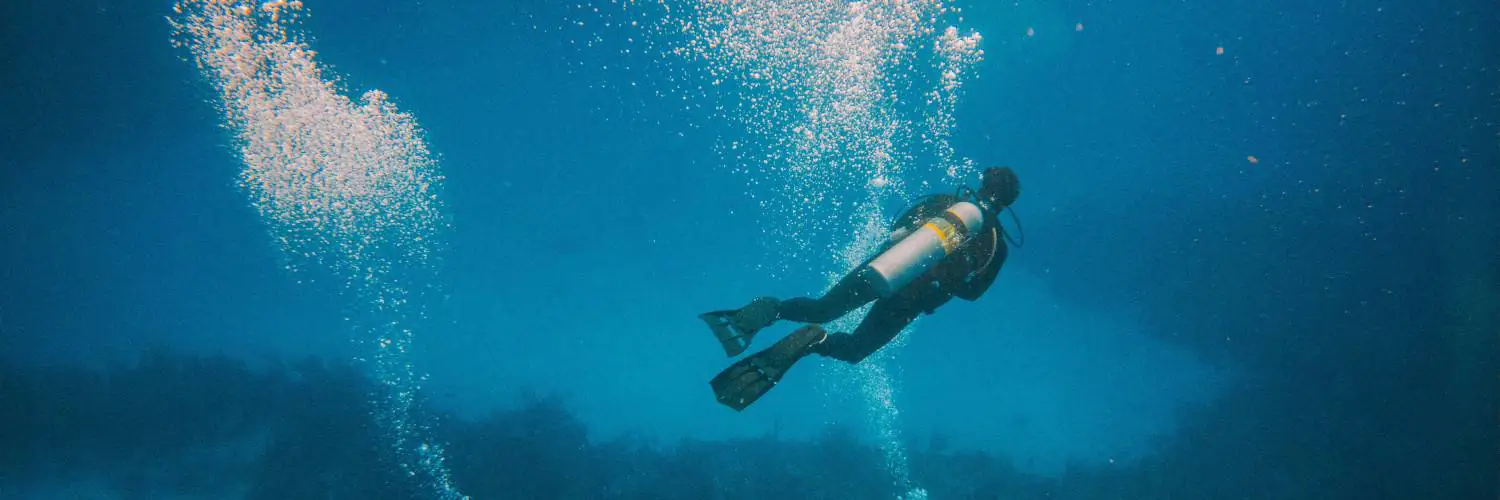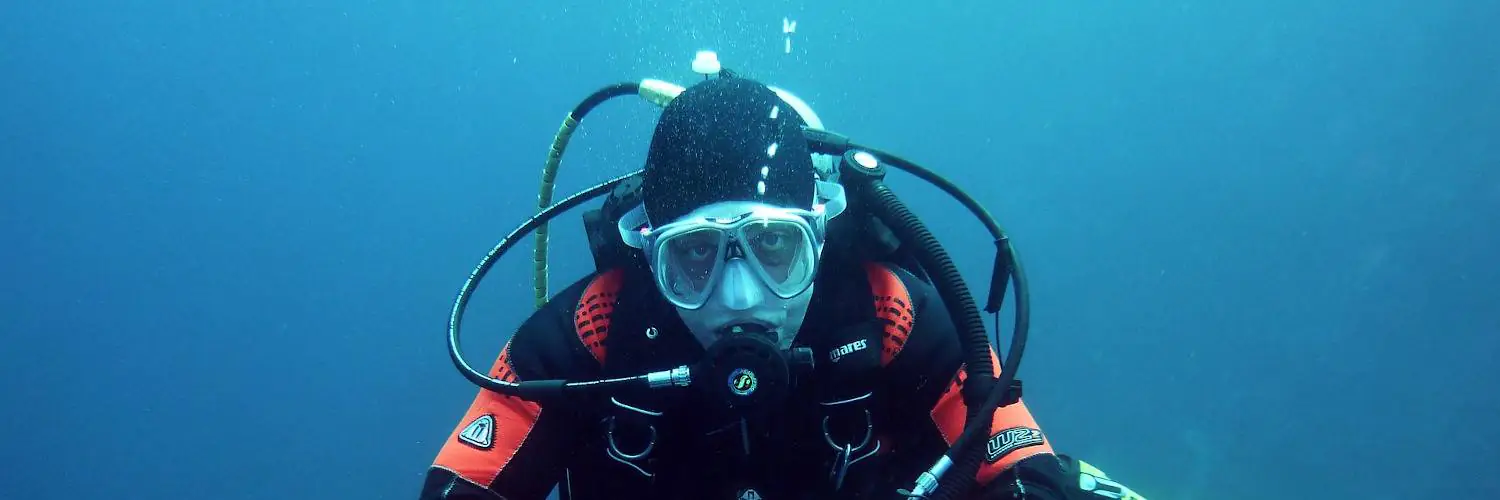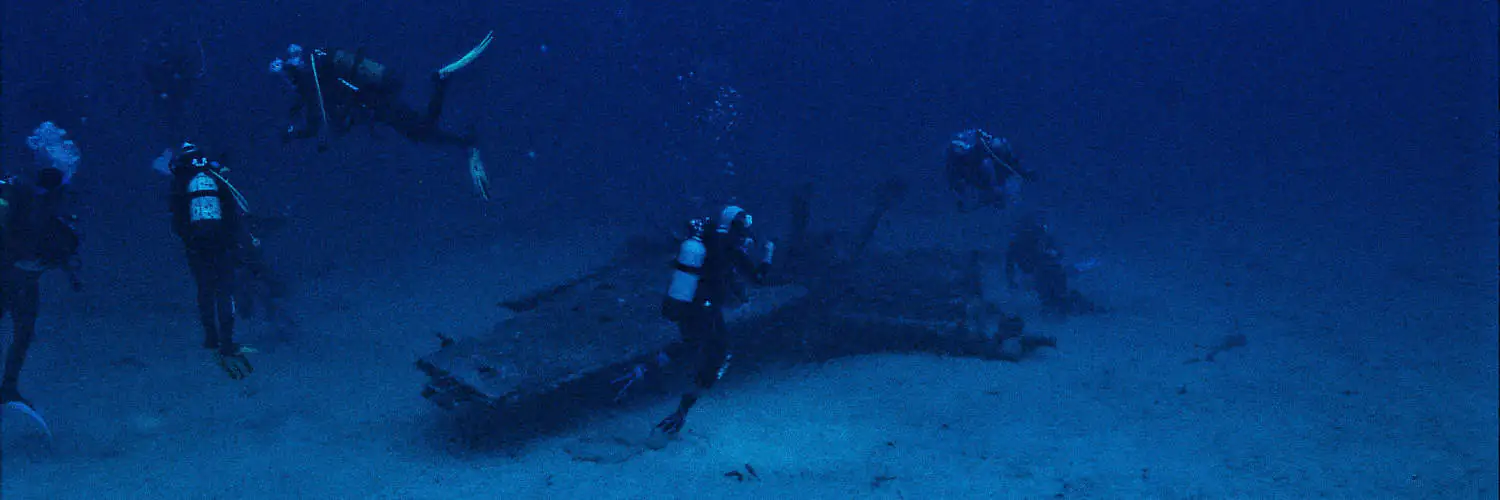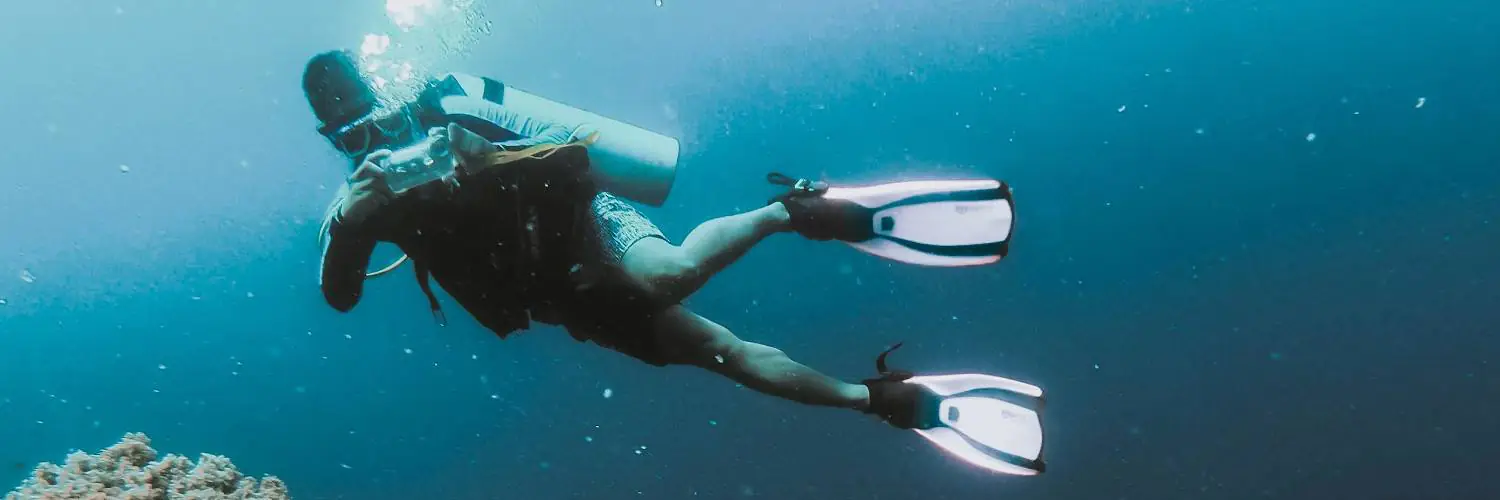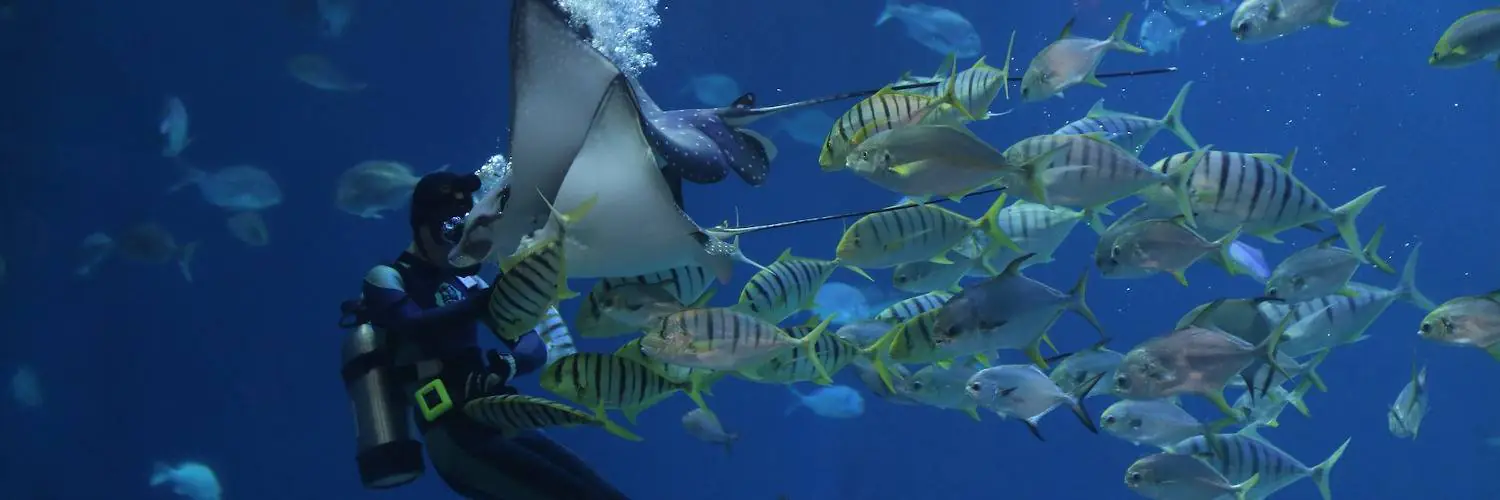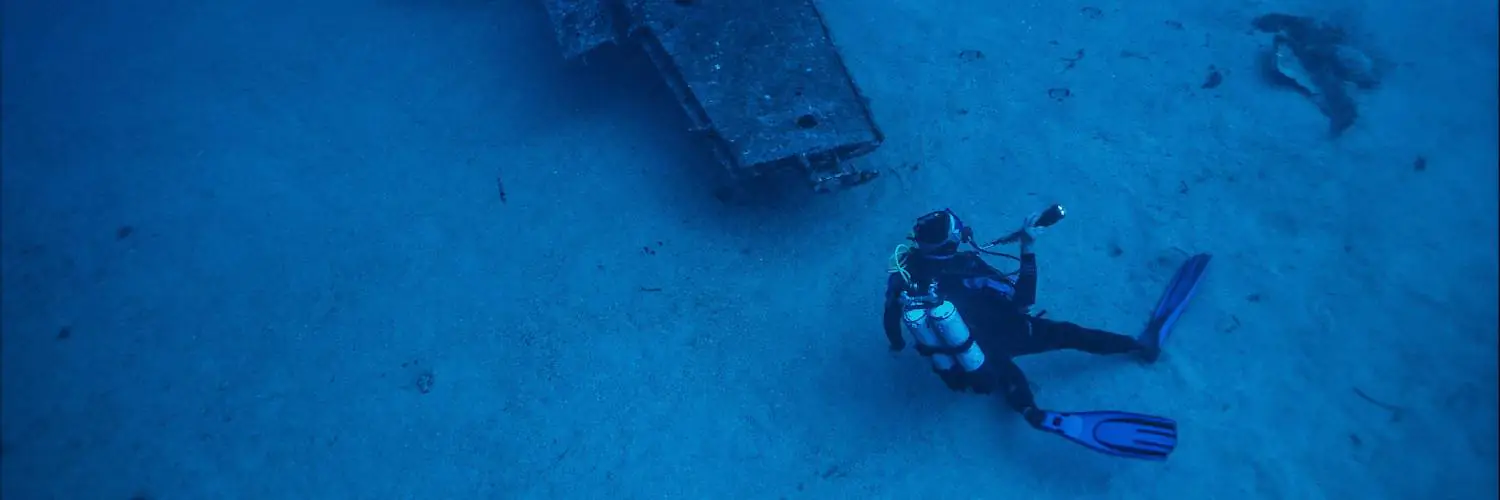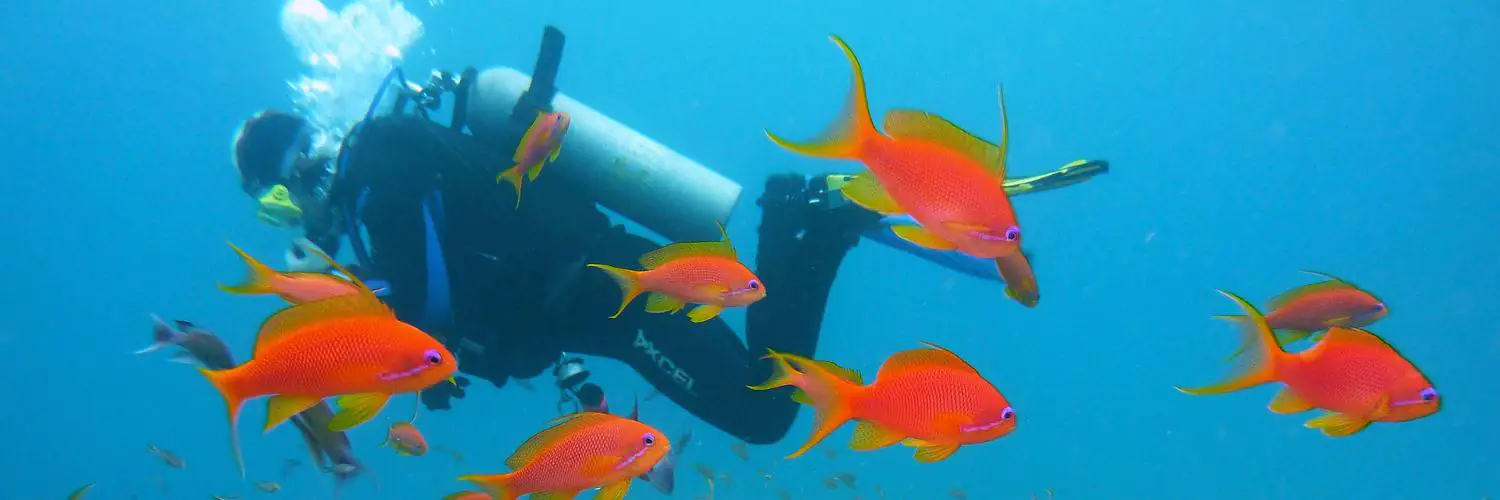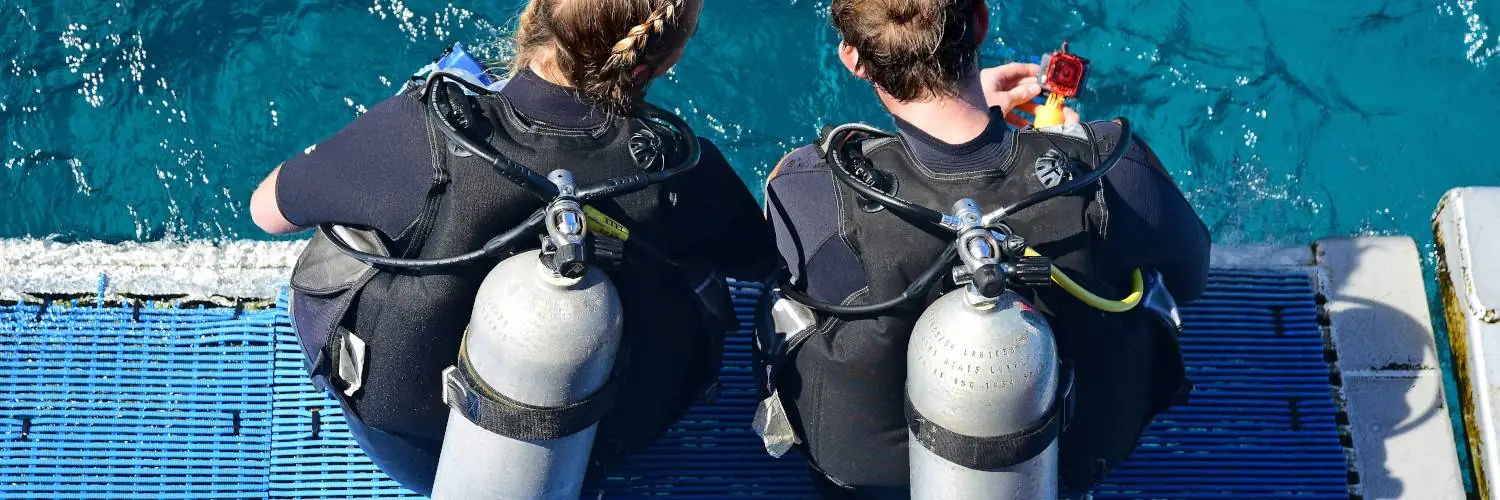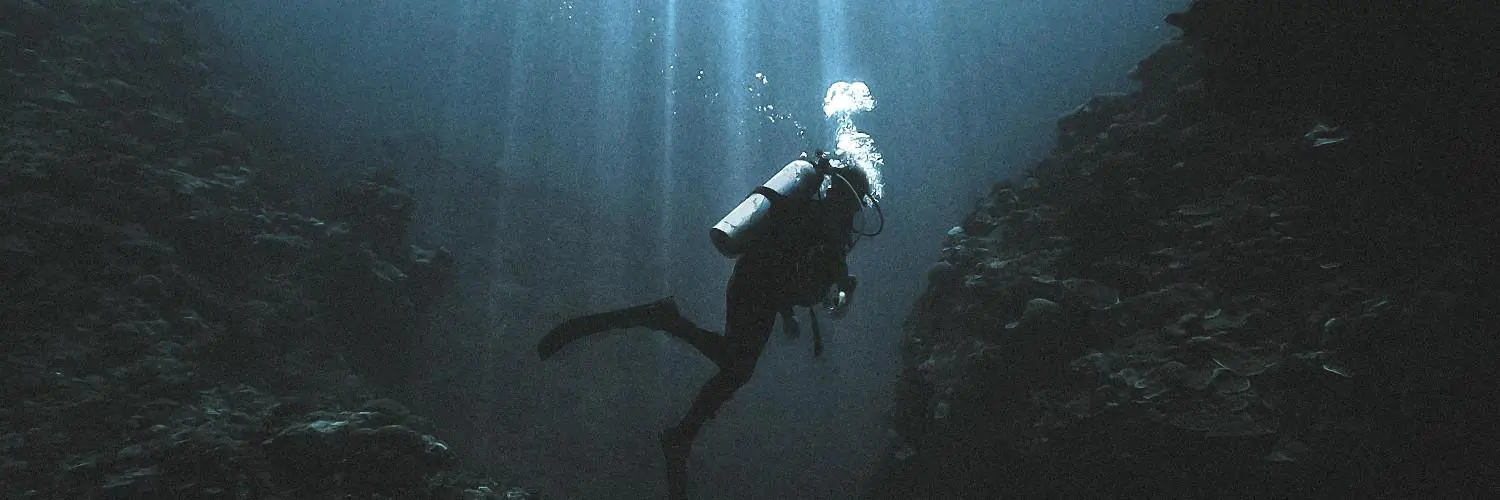Scuba Breathing Techniques
Scuba diving offers an extraordinary experience that allows individuals to explore the wonders of underwater realms. An essential aspect of diving safely is mastery of proper breathing techniques, as they directly impact oxygen consumption, buoyancy control, and diver comfort. While submerged, divers breathe compressed air from tanks, and the way they breathe can significantly affect […]
Scuba Breathing Techniques Read Post »

